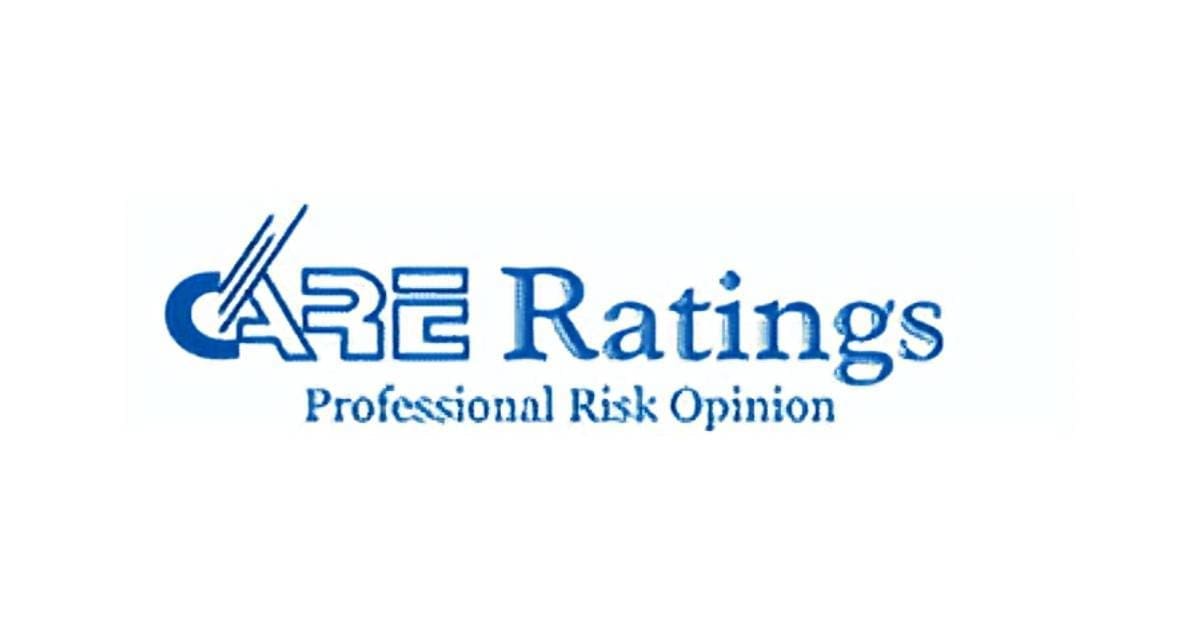From the Desk of Mr. Ajay Mahajan Managing Director & CEO.
Key Highlights:
Fiscal Scenario
•Sharp deviation in the fiscal deficit as per revised estimate for FY21 at 9.5% v/s the budget estimate of 3.5%
•Additional Rs 80,000 crs to be raised from the markets in February and March 2021 which takes the total gross market borrowing to Rs 12.8 lakh crs for FY21(RE)
•Fiscal deficit is budgeted at 6.8% of GDP in FY22(BE)
•Fiscal consolidation: Plans to reduce fiscal deficit to below 4.5% by FY26 with steady decline over this period
•Funding of the fiscal deficit for FY22 to be met by market borrowings (~70%) and NSSF (~26%)
•NSSF loan to FCI for food subsidy to be replaced by market budget provisions
•Outstanding debt is budgeted at Rs 135 lakh crs which is 61% of GDP
•For State governments: Allowing fiscal deficit at 4% of GSDP for FY22(BE) with further relaxations of 0.5% subject to conditions. States to achieve 3% target of fiscal deficit by FY24
CARE View:
•The high fiscal deficit and market borrowing programme would weigh on debt market sentiments compounded by higher state deficits
•The funding of the fiscal deficit via market borrowings : additional Rs 80,000 crs during the remainder of FY21 and Rs 12.1 lakh crs in FY22(BE) means that there will be additional supply in the market which is likely to pressurize yields
•RBI to play an active role in balancing liquidity next year once more
•Attaining the fiscal deficit target of 3% of GDP not on the anvil for the foreseeable future
•Including the food subsidy bill of FCI as a part of the budget present a clearer picture of the government finances and enhances transparency.
Tax announcements
•Direct Tax Announcements
•No change in income tax slabs; provision of both old and new tax regime continues
•Additional deduction of Rs 1.5 lakh to be available for affordable housing loans till March 31, 2022
•Easing of compliances:
•For Senior Citizens: Exemption from filing income tax returns for senior citizens (>75 years) who only have pension and interest income
•Pre-filing to also include capital gains from listed securities, dividend income
•Reduction in time limit for reopening of income tax assessment from 6 years to 3 years
•Income tax Appellate Tribunal to be made faceless
•Constitution of Dispute Resolution Committee for small tax-payers
•Increase in entities to undertake tax audit from Rs 5 crs to Rs 10 crs (having 95% digital transactions)
•No TDS on dividend payment from REIT/InvIt
CARE View:
•Lowering of tax rates or changes in slabs could go a long way in stimulating consumption demand and could provide for the much needed boost for demand revival
•Also savings not incentivized in the budget which could have been done
•The easing of compliance measures could lead to higher collection efficiency
Financial Sector
•Proposal of development financial institution (DFI) for long term infrastructure financing: Budgetary allocation has been made at Rs 20,000 crs
•Plan to set up an Asset Reconstruction Company (ARC) and Asset Management Company for taking over existing NPAs in PSBs
•Recapitalization of PSBs is Rs 20,000 crs via recapitalization bonds
•Rationalize single Securities Market Code by 2022
•Increase in the permissible FDI limit from 49% to 74% in Insurance companies
CARE Ratings View:
•The Asset Reconstruction Company (ARC) could take up the stressed assets from bank books, enabling lending by them. This should however be a one time exercise and not a recurrent theme which could lead to negative incentives and add to the inefficiencies in the system.
•The bank-recapitalisation has been lower than our estimate (Rs 35,000 – Rs 40,000 crs at Rs 20,000 crs though recap bonds. With ARC expected to take on stressed assets of banks, the recapitalization requirements become lesser
•Increase in the FDI limit in insurance companies is a positive step for the sector
Corporate Bonds
•Creation of a permanent institutional framework to purchase investment grade debt securities both in stressed and normal times
•Notified Infrastructure Debt Funds to be made eligible to raise funds by issuing zero coupon bonds
CARE Ratings View:
•These measures could help deepen the corporate bond market and come to the aid of infrastructure financing. The developed corporate bond market is critical to fund the country’s large infrastructure funding requirements
•Interesting to see what the framework would be for boosting corporate bond market. Can involve some kind of market makers to provide buy-sell quotes as in Gsec market.
•Can see such measures adding depth to the market.
Startups
•Incorporation of One Person Companies (OPC) to be allowed for start-ups with following benefits:
•No restrictions on paid-up capital and turnover
•Allowing conversion into any other type of company
•Reducing residency limit from 182 days to 120 days
•Allow NRIs to incorporate OPC in India
•Tax holidays for start-ups has been extended by 1 year till 31 March 2022
CARE Ratings View:
•These measures can incentivize entrepreneurs while also improving the ease of doing business
Infrastructure Focus
•National Infrastructure pipeline (NIP): Increase in projects to 7,400 (original: 6,835) and projects worth Rs 1.1 lakh crs have been completed
•Mega Investment Textile Parks to be launched with 7 textile parks to be established in 3 years
•National Railway Plan for 2030: To increase the rail in freight from 27% (current) to 45% by 2030
•Infrastructure finance: National monetization pipeline of brownfield infrastructure assets
•Development Financial Institution set up – bill to be introduced
•Power
•Total outlay of Rs 3.1 lakh crs over 5 years for power distribution companies
•Hydrogen energy mission to be launched
•Urban development:
•Voluntary vehicle scrapping policy to be announced
•Innovative PPP models to augment public bus transport (Rs 18,000 crs)
•New technologies “MetroLite and “MetroNeo” to be deployed for Tier-II cities and peripheral of Tier I cities
CARE Ratings View:
•The thrust of the budget is on infrastructure creation. The creation of an institutional structure for the financing of infrastructure can play a catalytic role for meeting the infrastructure gaps of the country.

